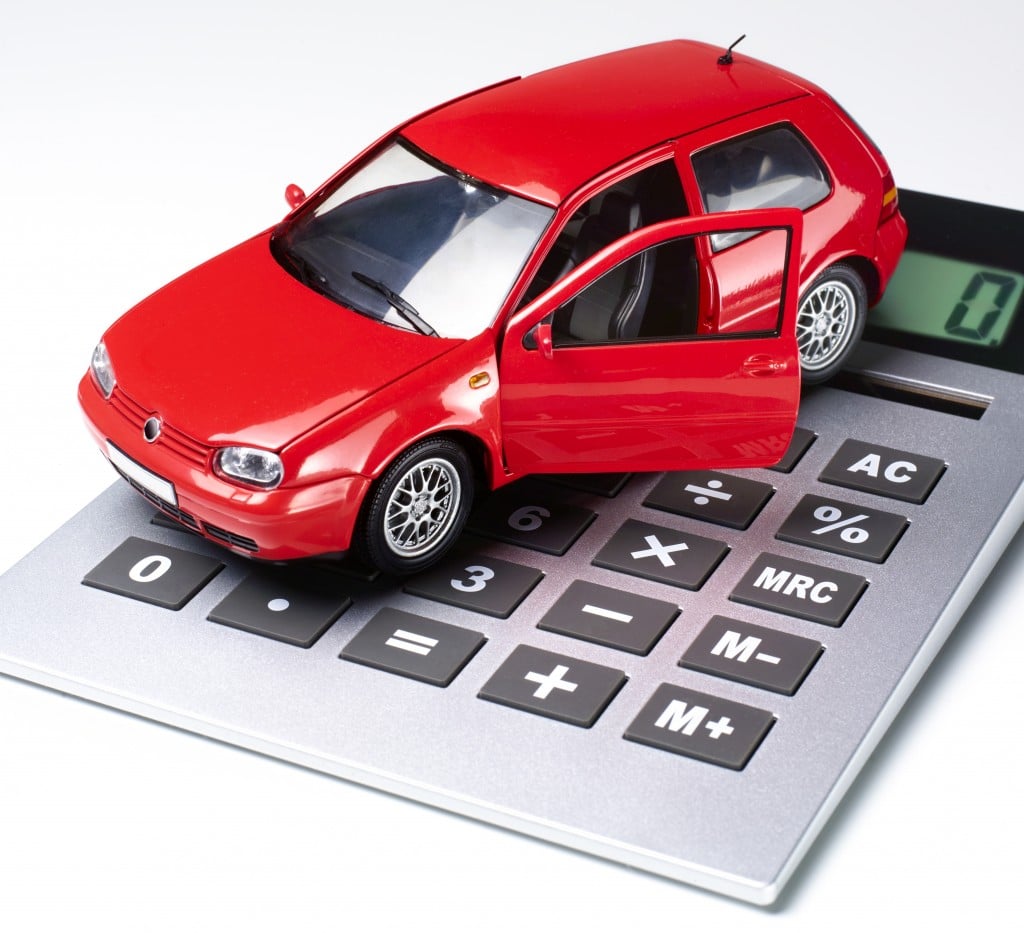How to get a great deal on a used car
Don't overpay or drive off with a lemon
Advertisement
Don't overpay or drive off with a lemon

Looking for a bargain but don’t know where to start? Here’s five tips to help you locate, price and negotiate a fair price so you don’t overpay or drive off with a lemon.
1. Do your research See what’s for sale in your area by checking the online classifieds. Websites such as Craigslist and Kijiji will help you filter privately-owned from dealer-owned cars, while canadianblackbook.com and autotrader.ca help you determine fair market value by listing high, low and average prices for any make and model. 2. Get to know your car Once you’ve zeroed in on a fair listing, request the VIN number from the seller. You’ll have to plug it into various online databases to access collision reports, determine whether there’s a lien on the vehicle, and confirm ownership. Or, you can request a comprehensive report from carproof.com—for $50. Move on if there’s an outstanding loan on the car and remember, even a fender-bender can reduce resale value by thousands of dollars. 3. Take it for a test drive If you’re satisfied with the car’s history, it’s now time to thoroughly inspect the exterior and interior of the vehicle in person. Look for evidence of rust, broken controls, burnt out lights, unusually worn tires and other defects before taking it for a spin. Then, get it up to speeds of 90 km/h or higher, listen for knocks, ticks or hisses and feel for shaking or pulling. 4. Get a Second opinion Like the way it drives? Take the car to a trusted mechanic for a pre-purchase inspection anyway. The cost is $100 to $200 but it will reveal any hidden conditions and outline any potential future problems. Alternatively, you could opt for a certified pre-owned (CPO) vehicle. Common on manufacturer lots, these cars have already undergone a detailed inspection, have been repaired with manufacturer-approved parts and often come with an extended warranty, even roadside assistance programs. Word of caution: CPOs tend to cost up to $1,000 more. 5. Close the deal OK, it’s negotiation time. Be polite, but offer a price on the low end of the car’s market value and bring up any flaws detected as leverage to any counter-offers. Once you’ve settled on a price, exchange payment for documentation, including the vehicle permit and signed bill of sale. You’ll have just a few days to register the car in your name and show proof of insurance—so don’t dawdle. Now go enjoy your new used car!Share this article Share on Facebook Share on Twitter Share on Linkedin Share on Reddit Share on Email